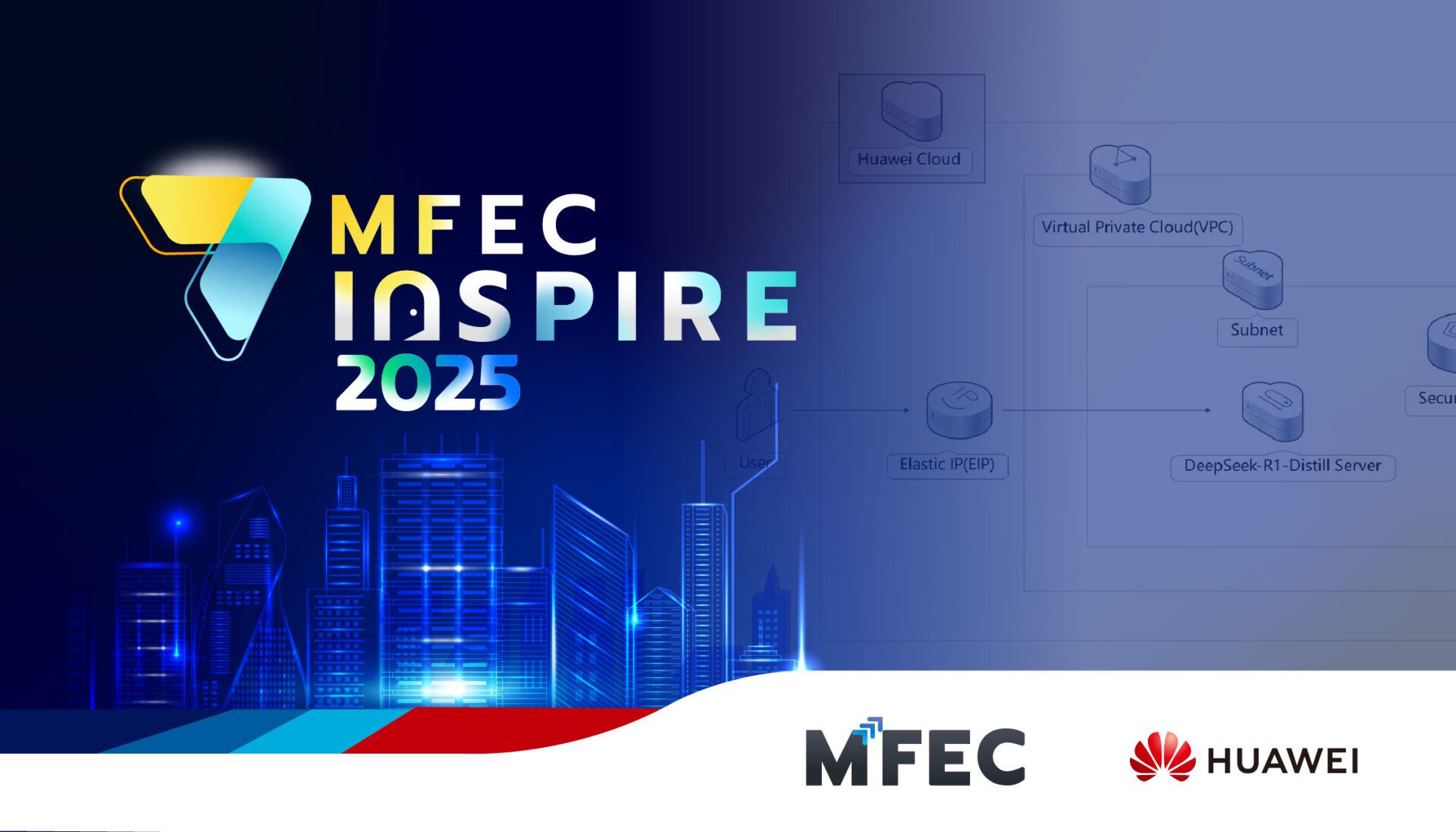One of the key factors of digital transformation is the automation of processes within the organization. The organization should be able to monitor and process data from any process. Most organizations find software development to be the biggest obstacle, as the process can be time-consuming and does not meet the needs of employees. It also cannot respond immediately to changes in the work process.
Low code is a simple approach to application development that has been around for a long time. Microsoft Power Apps, a well-known low-code platform, was launched in 2015. Many enterprise low-code vendors provide services, often by modifying specialized business applications. More recently, some startups like Retool have also developed platforms specifically for low-code application development
As a result, many enterprises are starting to invest more in low-code open-source projects such as AppSmith, ToolJet and Budibase, which became mainstream around 2020 to 2022, although they were launched years earlier
Today, low code is already being used in several enterprises. Gartner predicted that the low-code trend will grow rapidly with the market growing at 25% per year, which is significantly higher than the annual growth of enterprise IT spending at 5.1% and enterprise software at 11.3%. Based on this trend, it is likely that low code will be increasingly used in the future to manage the cost of IT workforce and workflow automation.
For more information about low code / no code >> https://youtube.com/playlist?list=PLG41fT3KG9vuHiLrhcwRmD0s77VnOV5id






